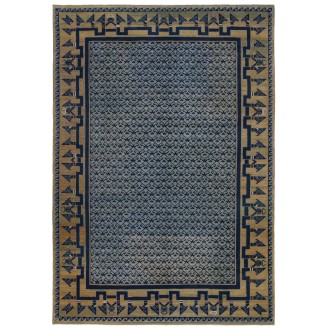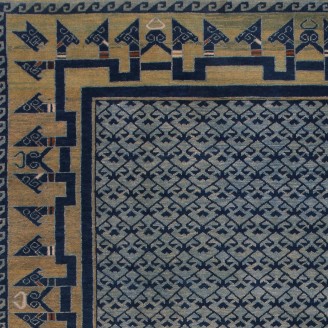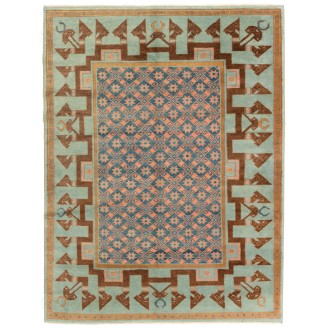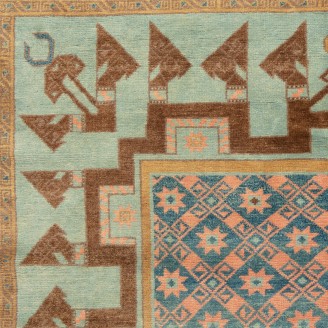The Esrefoglu Mosque Stars in Lattice Carpet
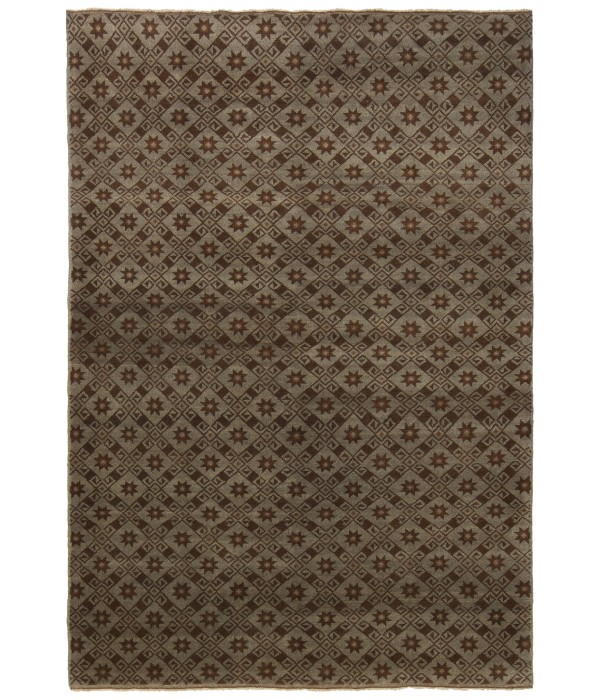
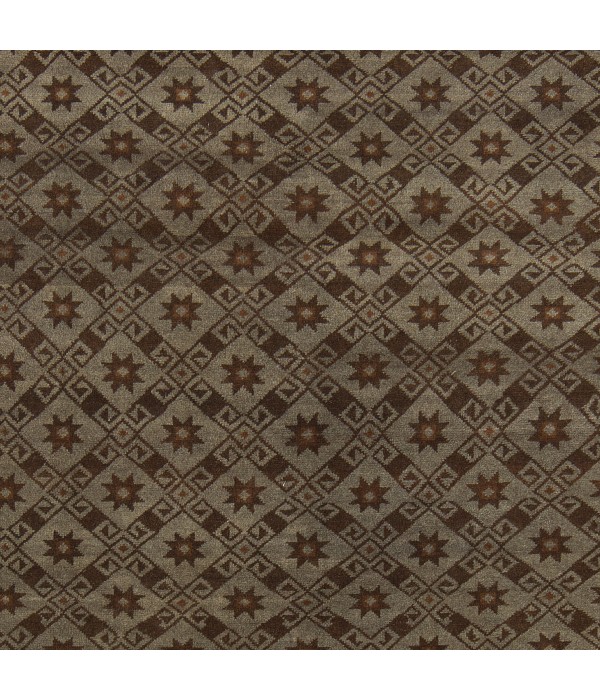
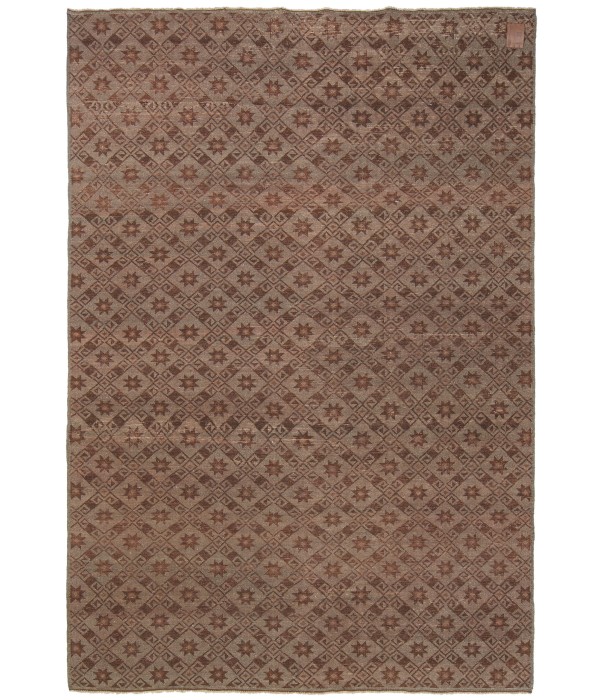
New
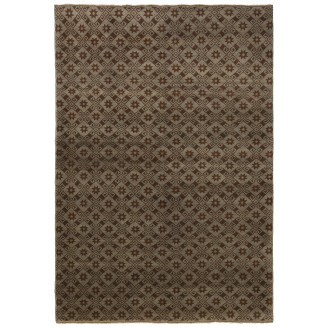
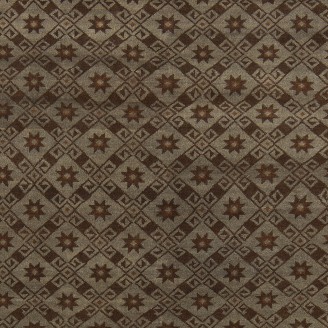
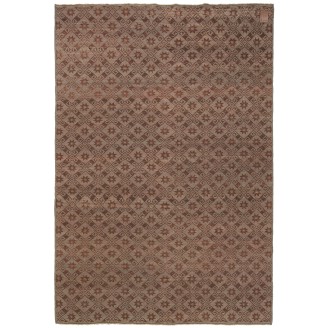
Model: ART00347The Esrefoglu Mosque Stars in Lattice Carpet
Group: Anatolian Rugs Family
Area: Konya Region
Material of Pile: Natural Dyed Hand-spun Wool
Material Warp / Weft: Wool on Wool
Structure: Symmetrical knot
Knots Density: 30x26
Pile (mm): 4
Production Place: Wast Anatolia – Manisa Province
Weight: 11.40kg
Location: Tokyo
Stock: In Stock
Dimensions:
The source of carpet comes from the book Orient Stars Collection, Anatolian Tribal Rugs 1050-1750, Michael Franses, Hali Publications Ltd, 2021 fig.24. This 13th-century carpet is from probably the Konya region, central Anatolia, circa 1200-1300 (C 1290-1420). It is exhibited at the Museum of Ethnography, Konya. The Seljuk period marks one of the highest points in art and architecture in carpets Anatolia. It is therefore not surprising that tremendous excitement was caused by the discovery of two groups of Turkish knotted-pile carpets from this era. Sometime before 1931, four more carpets from the same period were found by Rudolf Meyer Riefstahl (1880-1936) in the Esrefoglu Mosque in Beysehir, which was commissioned in 1296 and finished shortly after 1303. The latter was the principal mosque of a small semi-independent beylik under the governorship of the Eshrefids (1280-1326). Three of these carpets are now in the Museum of Ethnography in Konya; the other is divided into two parts, one in the Keir Collection, Ham, and the other in the David Collection, Copenhagen. All but one of the Ala'eddin Mosque carpets were exhibited in Paris in 1953, but it was not until 1957 that Erdmann finally published all the carpets from both Konya and Beysehir together.The Konya and Beysehir finds were by far the oldest Turkish carpets to have been discovered at this time. They create a lasting impression: their designs are monumental and strong, and their colors are intensely dyed and brilliant. Following Martin, their dating has consistently - although probably erroneously been associated with the building of these mosques, despite the absence of any evidence to substantiate this. It is an opinion that these were pious gifts donated to the two mosques, perhaps by a tribal nomadic Turkmen chieftain or his family. The rugs could well have been old when they were given; they could have been given initially to other mosques and later moved to the Ala'eddin and the Esrefoglu, or they could have been donated after the mosques were built. This carpet has an interpreted design composed of the pattern taken from a part of our Seljuk carpets collection, filling the field elegantly and soft colors are chosen by our designers for this carpet.
Color summary: 3colors in total;
Color summary: 3colors in total;
- Rare Grey 105 (No Dye)
- Burnt Coffee 102 (No Dye)
- Natural Wool Color 37 (No Dye)
Dimensions:
5 ft 8 in x 8 ft 0 in ( 173cm x 245cm )
Price:
$4,200
Ex Tax: $4,200

